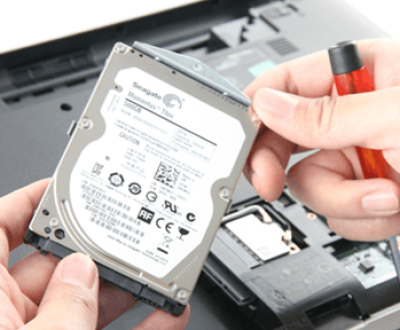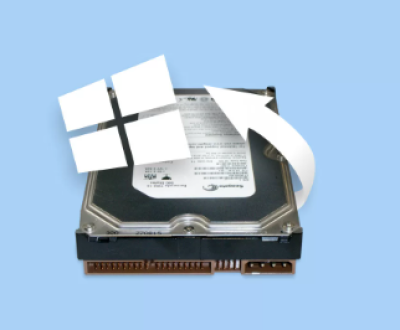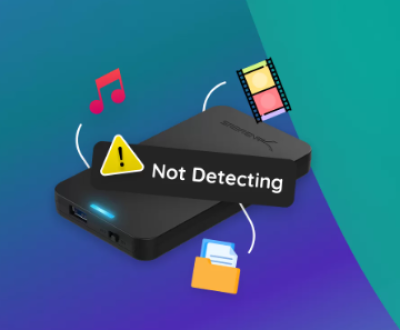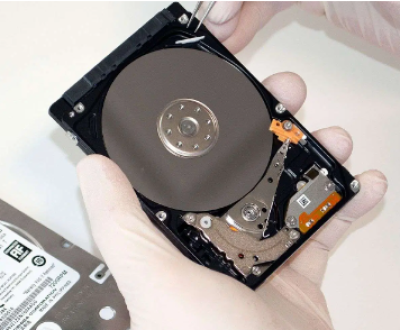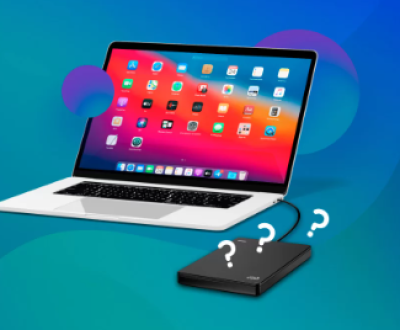Game cameras, also known as trail cameras, are essential tools for wildlife monitoring, hunting, and property surveillance. These cameras capture photos and videos in remote areas, and the performance of a game camera heavily depends on the SD card you use. Selecting the right SD card ensures reliable storage, faster writing speeds, and better image quality.
SD Card Basics
Before diving into specific recommendations, it’s crucial to understand the key characteristics of SD cards that impact their performance:

1. SD Card Types
There are three main types of SD cards:
SD (Secure Digital): Storage capacity up to 2GB.
SDHC (Secure Digital High Capacity): Storage capacity between 4GB and 32GB.
SDXC (Secure Digital Extended Capacity): Storage capacity between 64GB and 2TB.
For game cameras, SDHC and SDXC cards are the most suitable due to their higher capacities.
2. Speed Class Ratings
Speed classes indicate the minimum sustained write speed of an SD card. The main speed ratings are:
Class 4: 4 MB/s
Class 6: 6 MB/s
Class 10: 10 MB/s
UHS-I (U1): 10 MB/s
UHS-I (U3): 30 MB/s
For game cameras that capture HD or 4K videos, UHS-I (U1) or UHS-I (U3) cards are recommended.
3. Video Speed Class
This class is particularly relevant for video recording:
V10: 10 MB/s
V30: 30 MB/s
V60: 60 MB/s
V90: 90 MB/s
For game cameras recording in 4K or higher, a V30 card or better ensures smooth video capture without data loss.
Key Factors When Choosing an SD Card for Game Cameras
1. Capacity
Consider how often you’ll check and replace your SD card. Higher capacities are useful if you leave the camera unattended for long periods.
16GB to 32GB: Suitable for casual users capturing photos and short videos.
64GB to 128GB: Ideal for capturing high-resolution images and HD videos.
256GB or higher: Best for extended use, 4K videos, and remote monitoring.
2. Speed
Faster cards reduce the time the camera spends writing data, which is crucial for burst photos and videos.
Photos Only: Class 10 or UHS-I (U1).
HD Video: UHS-I (U1) or V10.
4K Video: UHS-I (U3) or V30.
3. Durability
Game cameras often face harsh outdoor conditions, so choose SD cards designed to withstand moisture, temperature extremes, and shocks.
Look for cards labeled waterproof, temperature-proof, shock-proof, and X-ray-proof.
4. Compatibility
Check your game camera’s manual for supported SD card types, capacities, and speed classes.
Best SD Cards for Game Cameras
1. SanDisk Extreme PRO SDXC UHS-I
Capacity: 32GB – 1TB
Speed: Up to 170 MB/s (read), 90 MB/s (write)
Best For: 4K UHD videos, burst-mode photography
Durability: Temperature, water, shock, and X-ray proof
2. Lexar Professional 1066x SDXC UHS-I
Capacity: 64GB – 256GB
Speed: Up to 160 MB/s (read), 120 MB/s (write)
Best For: High-speed image capture and 4K video
Durability: Built for rugged environments
3. Samsung PRO Plus SDXC UHS-I
Capacity: 32GB – 256GB
Speed: Up to 160 MB/s (read), 120 MB/s (write)
Best For: Consistent performance in extreme conditions
Durability: Water, temperature, and magnetic proof
4. Kingston Canvas React Plus
Capacity: 64GB – 512GB
Speed: Up to 300 MB/s (read), 260 MB/s (write)
Best For: Professional wildlife photography and 4K/8K video
Durability: Designed for outdoor use
Tips for Maintaining SD Cards in Game Cameras
Regular Formatting: Format your SD card in the camera to maintain optimal performance and prevent file corruption.
Check Compatibility: Use SD cards within the camera’s recommended specifications.
Backup Data: Regularly back up images and videos to prevent data loss.
Label Cards: Keep track of usage with labeled cards for different locations or times of the year.
Storage Conditions: Store unused SD cards in a dry, cool place away from direct sunlight.
Common Issues and Troubleshooting
1. Camera Not Recognizing SD Card
Ensure the SD card is properly inserted.
Verify the card is formatted in the correct file system (e.g., FAT32 or exFAT).
Check for firmware updates for your camera.
2. Corrupted Data
Use data recovery software like Panda Data Recovery to recover lost files.
Always safely eject cards when removing them from a computer.
3. Slow Performance
Use higher-speed cards for fast writing and smooth video.
Avoid using the same SD card across multiple devices without formatting.
Selecting the best SD card for your game camera involves considering capacity, speed, durability, and compatibility. For general use, a 64GB UHS-I (U3) card is sufficient, while more demanding applications benefit from higher-speed V30 or V60 cards. Regular maintenance and proper handling will ensure your SD cards last longer and your captured footage remains secure. Investing in a high-quality SD card enhances the reliability and effectiveness of your game camera, giving you peace of mind while capturing wildlife or securing your property.
About us and this blog
Panda Assistant is built on the latest data recovery algorithms, ensuring that no file is too damaged, too lost, or too corrupted to be recovered.
Request a free quote
We believe that data recovery shouldn’t be a daunting task. That’s why we’ve designed Panda Assistant to be as easy to use as it is powerful. With a few clicks, you can initiate a scan, preview recoverable files, and restore your data all within a matter of minutes.
Subscribe to our newsletter!
More from our blog
See all postsRecent Posts
- How to recover data from portable hard drive 2025-07-10
- How to recover data from a broken hard drive 2025-07-10
- How do i recover files from a formatted hard drive 2025-07-10

 Try lt Free
Try lt Free Recovery success rate of up to
Recovery success rate of up to

